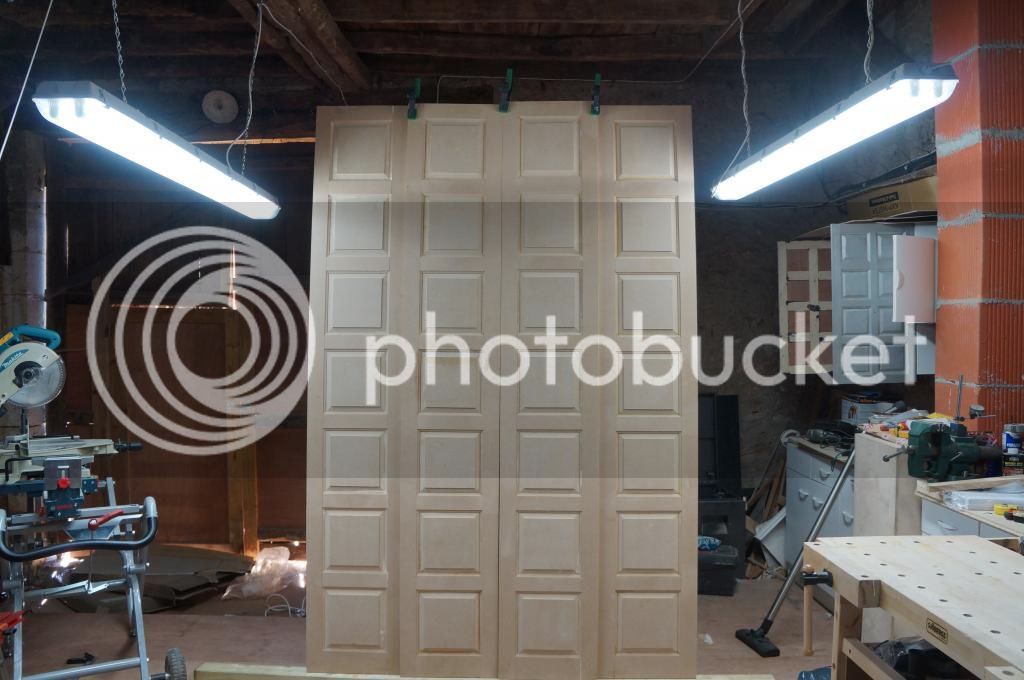Seeing as there's some confusion about armours acting as earths, I thought I would post this again.
Below is taken from a paper written by John Peckham. He updated it in 2012 for the 17th edition.
The full article can be found here
http://www.gadsolutions.biz/regulations/swa-as-cpc
It is considered by many as definitive.
The use of internal cores, of both thermoplastic and thermosetting SWA cables, as a CPC and/or the use of separate parallel CPCs are not required for SWA cables to comply with BS7671 provided.
1. The operating temperature of the cable does not exceed 700C.
2. The CSA of conductor cores does not exceed 95mm2.
3. The cable is not installed in the floating section of any marina.
4. The cable is correctly selected for the correct value of R1 + R2, or Z1 + Z2, for the circuit protection device protecting the cable.
5. The cable does not connect different installations together which have separate means of earthing unless sized for the potential earth fault current.
6. The cable is not used as a combined CPC and bonding conductor on a PME
installation unless suitably sized.
7. The cables are properly terminated in correctly sized manufactures brass glands selected for the external influences prevailing.
8. Where a removable gland plate is present on the enclosure to which the cable is attached the earth ring (banjo) supplied with the gland is used and is connected to the earth terminal in the enclosure with a separate CPC. This CPC terminated in an eyelet to a bolted connection to the earth ring.
9. Any protective coating on the enclosure surface is removed under the contact surfaces of the gland and associated earth ring to expose bare metal.
10. All the wires of the armouring enter the gland and the gland nut is adequately
tightened. The cable is adequately supported up to the gland with cable cleats to prevent mechanical strain on the gland
I add,
In other posts I have mentioned "a properly designed installation". There are many factors that need consideration when installing a supply, to be honest there's many considerations to be taken into account for the majority of electrical work, but if you are in any doubt over the work at hand or you're own abilities to perform the work consult a suitably qualified person.





